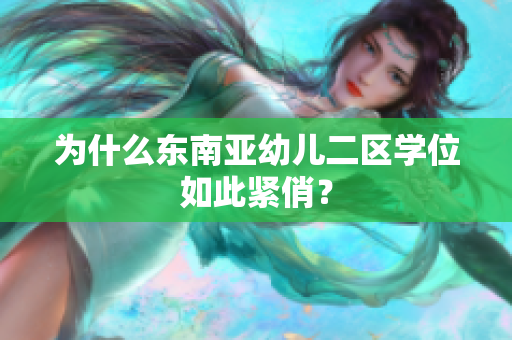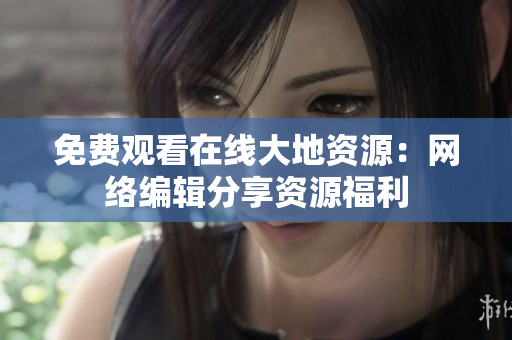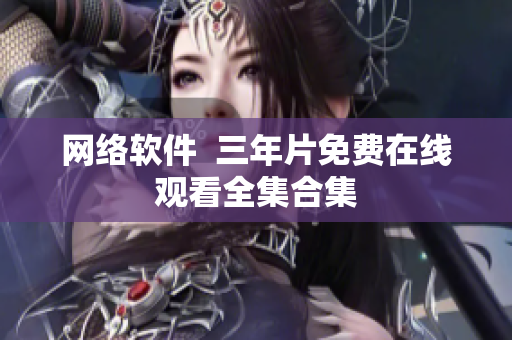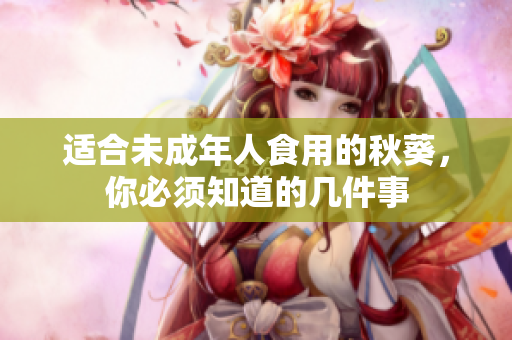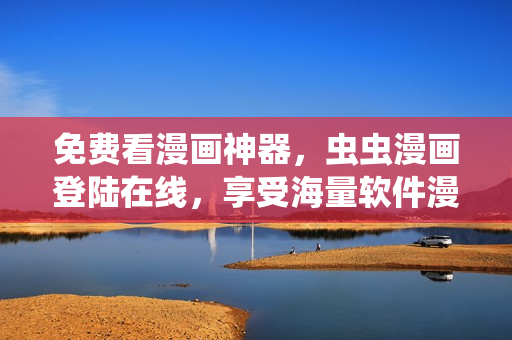Introduction
The world of art is vast and diverse, with numerous genres, forms, styles, and techniques, each with its own unique beauty and significance. In the western world, art has flourished for centuries, producing some of the most remarkable and timeless masterpieces of human creativity and imagination. From the Renaissance to the Baroque era, from classical sculpture to contemporary painting, western art has made an indelible mark on the world of culture and society. However, with the advent of technology, new forms of creativity have emerged, such as the 5G technology. In this article, we will explore some of the most extraordinary works of western art, while also examining the impact of modern technology, and the issues faced by students and educators alike.
Top Western Artworks
The western world has produced numerous great works of art, spanning across different time periods, styles, and mediums. Here are just a few of the most notable:
Leonardo da Vinci's "Mona Lisa," a classic portrait that represents the epitome of Renaissance art.
Vincent van Gogh's "Starry Night," a post-Impressionist painting that captures the beauty and turbulence of the night sky.
Michelangelo's "David," a masterpiece of sculpture that epitomizes the human form with incredible attention to detail.
Johannes Vermeer's "Girl with a Pearl Earring," a striking portrait that combines beauty and mystery.
Pablo Picasso's "Les Demoiselles d'Avignon," a cubist painting that revolutionized the art world and expanded the boundaries of perception.
5G Technology and Art
With the advancements in technology, new forms of creativity have emerged, such as the 5G technology. This technology has the potential to revolutionize the way we share, create, and experience art. With the high-speed data transfer rates that 5G networks provide, artists can now collaborate across continents in real-time, allowing for a new level of collaboration and creativity. Moreover, 5G technology can enhance the immersive experience of art, enabling us to interact with art pieces in new and exciting ways, whether through virtual or augmented reality. In this way, 5G technology has the potential to democratize the world of art, making it more accessible to a wider audience, regardless of location or demographics.
Challenges Faced by Educators
As technology continues to evolve, educators are faced with new challenges and opportunities. Teachers need to adapt their curriculums to include new technologies, such as 5G networks and virtual and augmented reality, and integrate them into the classroom experience. However, this requires extensive training, resources, and support, which are often scarce, particularly in less developed regions, such as Southeast Asia. Additionally, there is a risk that technology may displace traditional art forms and discourage creativity, if not used in the right way. Therefore, educators need to find a balance between modern technology and traditional forms of art, in order to foster creativity and nurture a new generation of artists and art enthusiasts.
Issues Faced by Students
As students navigate their way through the world of art and technology, they face their own set of challenges and issues. For example, in some schools, there may be pressure to prioritize academic subjects, such as math and science, at the expense of art and humanities. Additionally, students may struggle with the cost of materials and equipment needed to pursue their artistic passions. Moreover, there is a growing concern about the addictive nature of gaming and online activities, which can distract students from school work and harm their mental health. Therefore, it is important for educators to provide a supportive and comprehensive environment that encourages creativity, artistic expression, and responsible use of technology.
Conclusion
The world of art is vast and diverse, with numerous genres, forms, styles, and techniques, each with its own unique beauty and significance. Western art has produced some of the most remarkable and timeless masterpieces of human creativity and imagination. However, with the advent of technology, new forms of creativity have emerged, such as the 5G technology, which has the potential to revolutionize the world of art. Nevertheless, educators and students are faced with numerous challenges and issues, which require comprehensive and collaborative solutions. By fostering creativity, nurturing artistic passions, and embracing the opportunities of modern technology, we can ensure that art continues to enrich our lives and society for generations to come.

